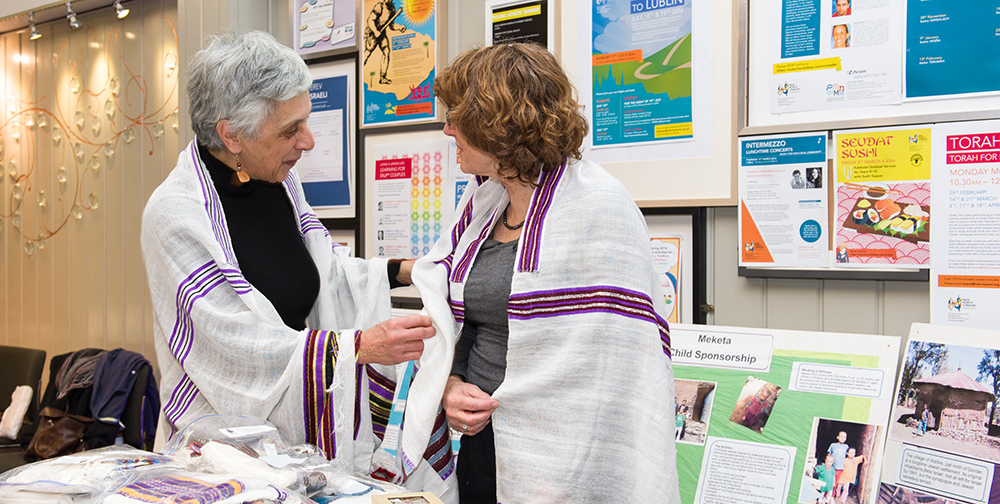On Navels and Etrogs

The feminist theorist Mieke Bal was fed up, I imagine, with psychoanalytic theories about penis-envy. She chose a different anatomical image to speculate about our subconscious world, one that is much more democratic, and which also has a very different relationship to gender.
The navel.
Each of us has one, regardless of biological sex. It states simply that each of us was born of woman.
In talking about Rembrandt’s paintings, Bal theorises, “The navel then, is a metaphor for an element, often a tiny detail, that hits the viewer, is processed by her or him, and textualises the image on its own terms.” Bal perceives the ‘navel’ of a piece of art or literature as a hint, a gesture towards something that isn’t explicitly present but that nonetheless subtly communicates with the sensitive viewer or reader.
I’ve always found this theory very attractive. Unlike the genitals the navel is subtle, playful. In this metaphor, power is located in the centre of our being, emanating from the kishkes (guts), and the core. The pupik (belly button) is also a touching and quaint souvenir of the nourishing and nurturing we enjoyed gestating inside our mother’s body.
Which brings me to the etrog.
The etrog, according to the mystical Jewish imagination, represents the feminine principal. It’s one of the contenders for the forbidden fruit of the Garden of Eden (see Genesis Rabbah 15:7.) Its name derives from the verb ragag, which means ‘to desire’, and its shape evokes the uterus. The etrog represents more than sexual desire, it’s about the powerful urge to nurture life.
When we take the lulav and etrog together, we symbolically unite the male and female sexual organs, and life begins. For Rosh Hashana is the birthday of the world, the anniversary of Creation, and the start of the possibility of human life. But Sukkot – our most embodied festival – heralds a new chapter in the story, one where Adam and Eve start to learn about both the blessings and the curses of independent life after their expulsion from Eden. The sukkah evokes the home they built through their own toil, sweat and ingenuity, and the sexual imagery of the lulav and etrog hints at their conceiving children. Children who represent a new process – procreation. Logically Cain and Abel must have been the first humans to have a navel.
So let’s return to the etrog, examine it closely, and try to locate its navel.
People worry about the pitam – the stalky stigma that marks the place where the plant was pollinated – fretting about its impact on the kosher status of the etrog. But the pitam isn’t the navel Bal urges us to seek. The pitam is too phallic, too obvious, too much about the sex act.
Rather it’s the oketz, the small stump at the other end of the etrog, that corresponds to the navel. The oketz – a small barely-there indentation, far more robust than the pitam – marks where the etrog fruit was attached to the tree.
Every etrog has an oketz, just as each of us has a navel. For none of us could live, had we not once been tethered to a force which sustained us until we were able to achieve independent existence.
Zahavit Shalev is Rabbi’s assistant at New North London Synagogue and studying for the rabbinate at Leo Baeck College.



